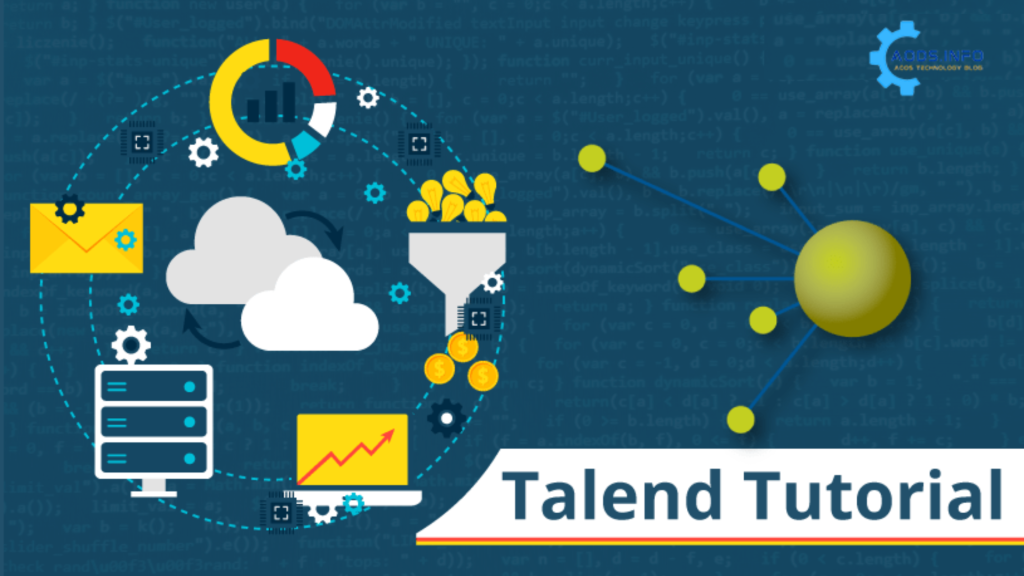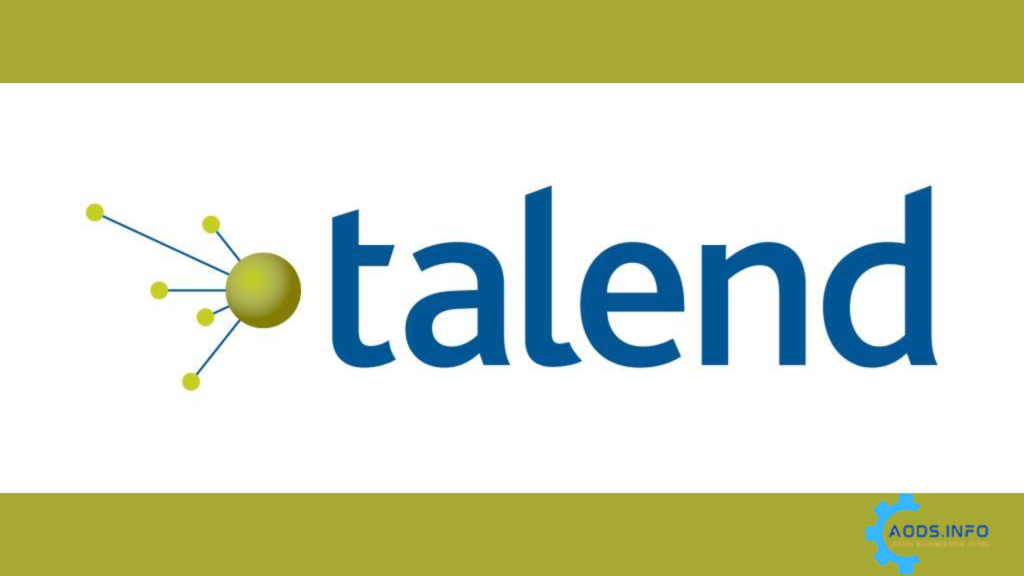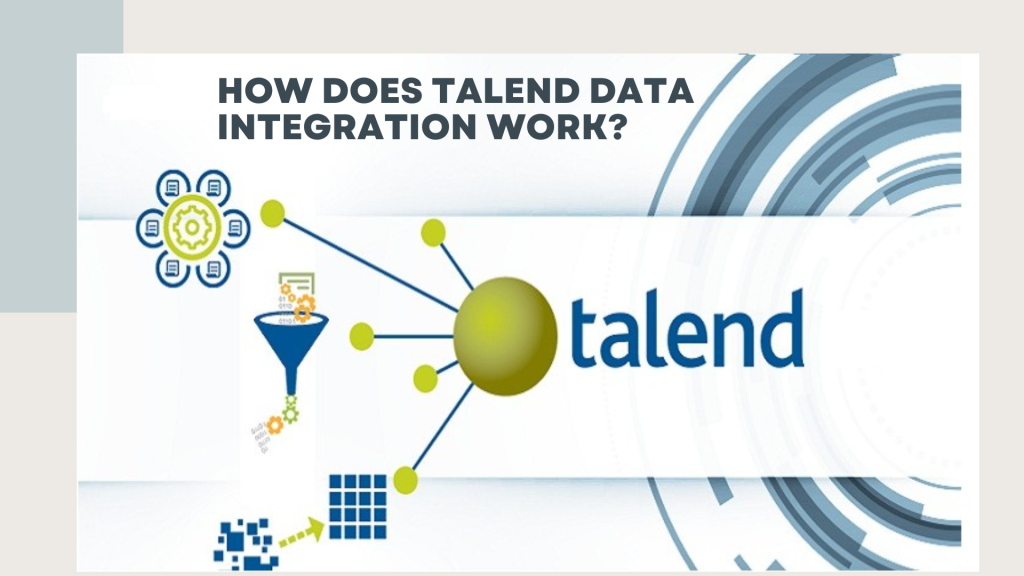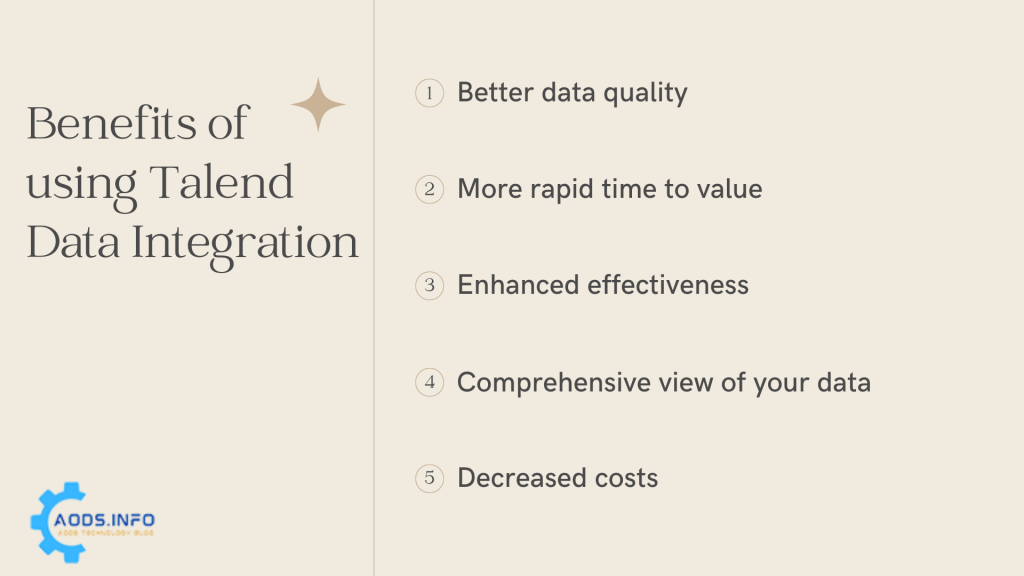Talend data integration refers to the process of unifying data from multiple sources into a cohesive view in order to derive meaningful insights that can help companies and organizations enhance their business operations through data analysis. The integration process includes acquiring data, performing data cleansing, carrying out necessary transformations, and then transferring the data to a data warehouse.
Contents
What is Talend Data Integration?
A platform called Talend Data Integration makes it possible for businesses to connect to, convert, and combine data from many systems and applications. It is intended to give businesses a thorough understanding of their data across the enterprise and assist them in managing their data more effectively and efficiently.
A group of technologies included in Talend Data Integration allow businesses to harvest data from diverse sources, process and clean it, and then load it into destination systems. These technologies have features for data governance, data quality, and integration. Businesses can connect to a variety of data sources using Talend Data Integration, including databases, flat files, cloud apps, and big data platforms.
Talend Data Integration Components
The following are the various components of Talend Data Integration:
- tFileList: This component creates a list of files in a directory or folder based on a specified file mask pattern.
- tMysqlConnection: This component establishes a connection with a MySQL database. Other MySQL components can use this connection to easily set up a connection to the database.
- tMysqlInput: This component helps run a MySQL database query and retrieve table or column information. It is used to select queries and obtain details.
- tMysqlOutput: This component is used to insert or update data in a MySQL database.
- tPrejob: This component is the first to execute in a job and is connected to other components using on Subjob ok.
- tPostjob: This component is the last to execute in a job and can be connected to connection close components.
- tLogcatcher: This component catches warnings and errors in a job and is essential for error handling. Error logs can be written using this component along with tfileoutputdelimited. There are more than 800+ components in Talend Data Integration.
- Context variable: Context variables are variables that can be used anywhere in a job. They hold values and can be passed to another job using tRun components. Context variables allow for changing the value for different purposes. For example, we can have a set of values for the development context group and a different set of context values for production without changing the job.
- Building a job: To build a job, right-click the job and select a building job. The built job can be imported into Talend Administration Console (TAC), where you can schedule a job to trigger the job set dependency. You can also import the job from the Nexus repository using an artifact job.
- Creating a task in TAC: Open job conductor in TAC, click new tasks and select normal or artifact tasks. Import the built job or select from Nexus, select the job server in which Talend will run, and save the task. Now the job can be deployed and run.
How does Talend Data Integration work?
Workflows for creating data integration are created utilizing a visual interface by Talend Data Integration. These workflows can be created to load data into target systems, connect to various data sources, and perform transformations. The drag-and-drop interface used to develop the processes makes it simple for users to create and alter them.
Numerous connections are available in Talend Data Integration, enabling users to connect to various data sources. These connections include those for cloud applications like Salesforce, NetSuite, and Microsoft Dynamics as well as those for databases like Oracle, SQL Server, and MySQL.
After connecting the data sources, users can alter the data using a number of built-in functions. These transformations can be used to aggregate data, execute calculations, and clean and standardize data. Additionally, Talend Data Integration has data quality features that let users profile and clean up their data.
Using connectors provided by Talend Data Integration, the converted data can be fed into the destination systems. Data can be loaded using these connectors into databases, cloud applications, and big data frameworks like Hadoop and Spark.
Benefits of using Talend Data Integration:
1. Better data quality:
Users can profile, clean up, and standardize their data using the data quality features in Talend Data Integration. You can improve the quality of your data, which will help you avoid costly mistakes and make smarter business decisions.
2. More rapid time to value:
Users using Talend can easily and quickly develop data integration workflows. As a result, you can begin reaping the rewards of your data integration efforts sooner.
3. Enhanced effectiveness:
Users can automate their data integration procedures using a variety of connectors and transformations included in Talend Data Integration. By doing so, efficiency may be improved and the time and effort needed to manage and integrate data may be reduced.
4. Comprehensive view of your data:
Users can connect to a variety of data sources with Talend Data Integration, including databases, cloud apps, and big data platforms. You may then get a complete picture of your data throughout the entire company thanks to this.
5. Decreased costs:
A platform called Talend Data Integration is open-source and cost-free. As you won’t need to purchase pricey proprietary software licenses, this can assist down the expenses connected with data integration projects.
Conclusion
Talend Data Integration is a strong platform that empowers businesses to better manage, integrate, and analyze their data. Organizations may enhance the quality of their data, lower expenses, boost productivity, and get a thorough understanding of their data throughout the entire enterprise by adopting Talend Data Integration. Data Integration is a useful tool for any corporation wishing to manage their data more effectively thanks to its extensive selection of connectors and transformations.




